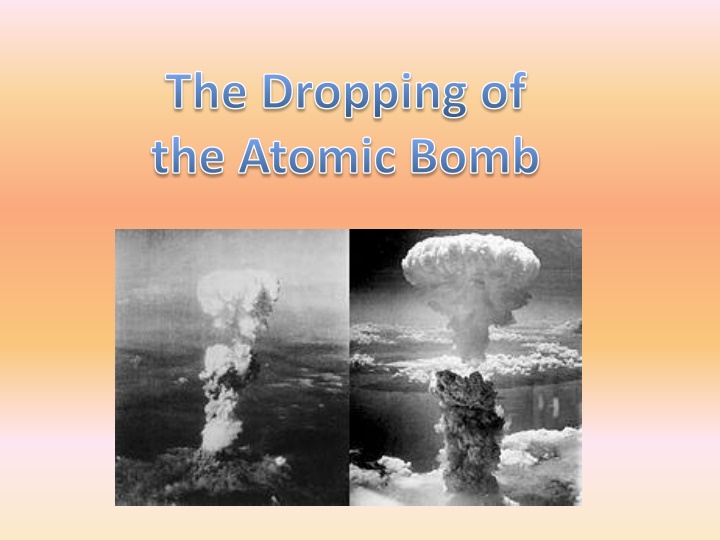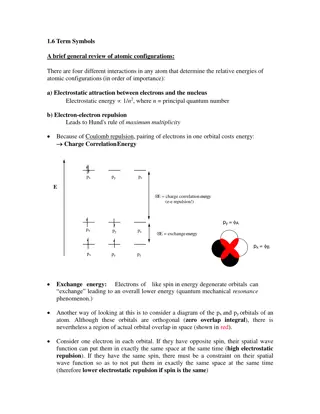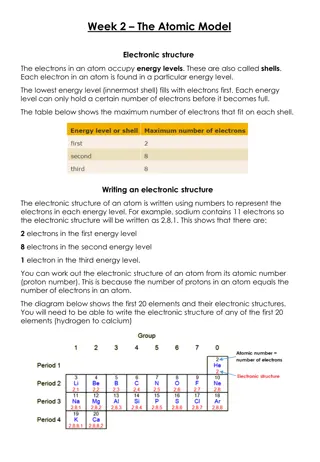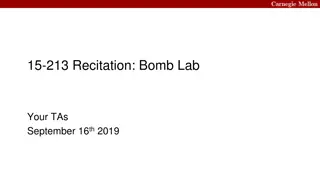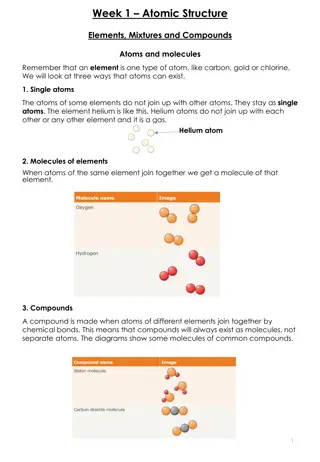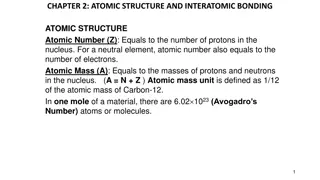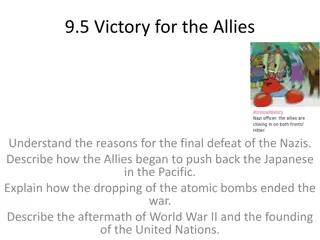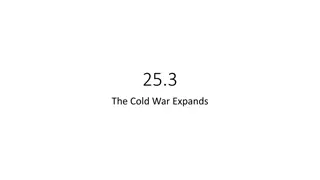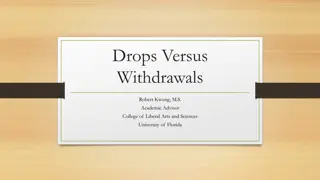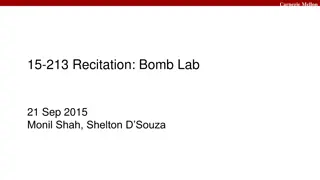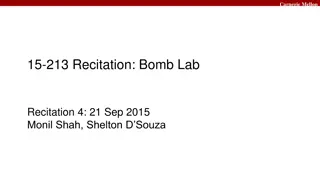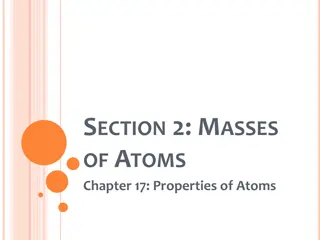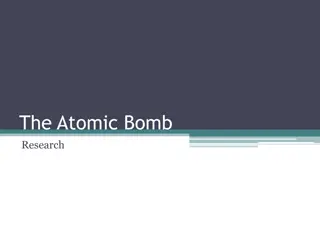Dropping of the Atomic Bomb
The dropping of the atomic bombs on Hiroshima and Nagasaki in 1945 marked a significant turning point in history. Explore the events leading up to the decision, the key figures involved, the devastating casualties, and the aftermath of these fateful moments. Learn about the Manhattan Project, the Potsdam Declaration, and the impact of President Truman's radio broadcast. Delve into the complexities of this controversial chapter in World War II.
Download Presentation

Please find below an Image/Link to download the presentation.
The content on the website is provided AS IS for your information and personal use only. It may not be sold, licensed, or shared on other websites without obtaining consent from the author.If you encounter any issues during the download, it is possible that the publisher has removed the file from their server.
You are allowed to download the files provided on this website for personal or commercial use, subject to the condition that they are used lawfully. All files are the property of their respective owners.
The content on the website is provided AS IS for your information and personal use only. It may not be sold, licensed, or shared on other websites without obtaining consent from the author.
E N D
Presentation Transcript
The Dropping of the Atomic Bomb
Locations and Dates Hiroshima, Japan (Little Boy) August 6, 1945 Nagasaki, Japan (Fat Man) August 9, 1945 Little Boy Fat Man
Beginning of Development The beginning of the project was Albert Einstein s 1939 letter to FDR in which he suggested that an atomic bomb could be built.
Manhattan Project Major General Leslie Groves named head of operations. http://www.history.com/topics/bombing-of-hiroshima- and-nagasaki/videos#manhattan-project At height of construction, the project employed 129,000 people.
Potsdam Declaration Outlined terms of surrender for Japan from the U.S. Told Japan without surrender there would be, Complete destruction of Japanese armed forces as well as inevitable devastation of the Japanese homeland.
Decision Makers U.S. President Henry S. Truman United Kingdom s Prime Minister Winston Churchill Soviet Union s Premier Joseph Stalin Churchill, Truman, Stalin
Casualties Hiroshima- 70,000 casualties from initial bombing. Up to 200,000 casualties by the end of 1945 due to radiation. Nagasaki- 75,000 casualties from initial bombing. Up to 80,000 total by the end of 1945 due to radiation.
Radio Broadcast from President Truman After the dropping of Little Boy on Hiroshima, President Truman had this to say to the American public Radio Broadcast
